Common Thailand Venomous Snakes – Photos, Videos, Links
Thailand’s 3 Very Common Venomous Snakes
Thailand has approximately 60 snake species that are considered venomous and potentially dangerous to human beings. Thirty of them are on land, and deadly. Below are photos, videos, and links to more information on some of the most common snakes that fit this description.
Calloselasma rhodostoma. Malayan Pit Viper.
Very dangerous. Potentially deadly. This snake is active at night (nocturnal) and during dawn and dusk (crepuscular) and during rainy or very overcast weather. I have found them in the lowlands at sea level, and as high as 500 meters here in Thailand.
Info Sheet – Malayan Pit Viper (click)
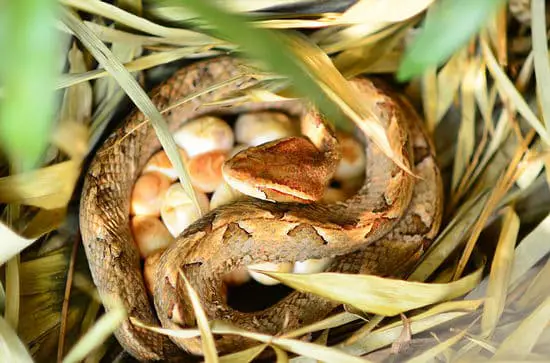
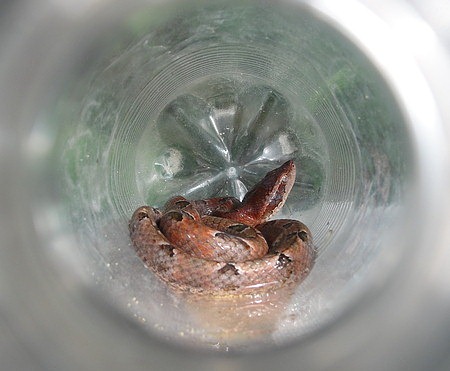
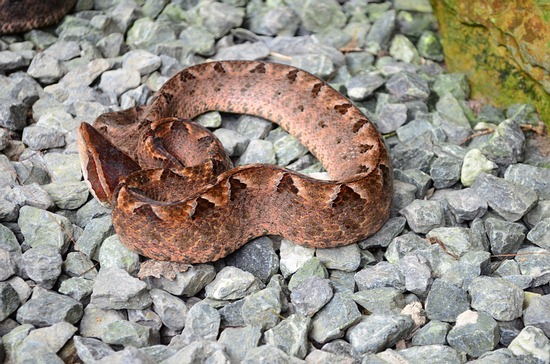
The following is a video showing the color variations for the Malayan pit viper. These are all from Southern Thailand, so depending on where you are in the country, yours may look similar or slightly different. The very triangle head shape and triangle pattern on the top back will not change.
1 Video – Malayan Pit Viper (Calloselasma rhodostoma) Color Variations:
Naja kaouthia. Monocled Cobra.
Very dangerous and potentially deadly. This snake is most active during the daytime but is also sometimes found to be active at night. During some of the hottest days they can be seen regularly crossing the roads. Around 3 pm. seems to be a very active time for them.
Info Sheet – Monocled Cobras (click)
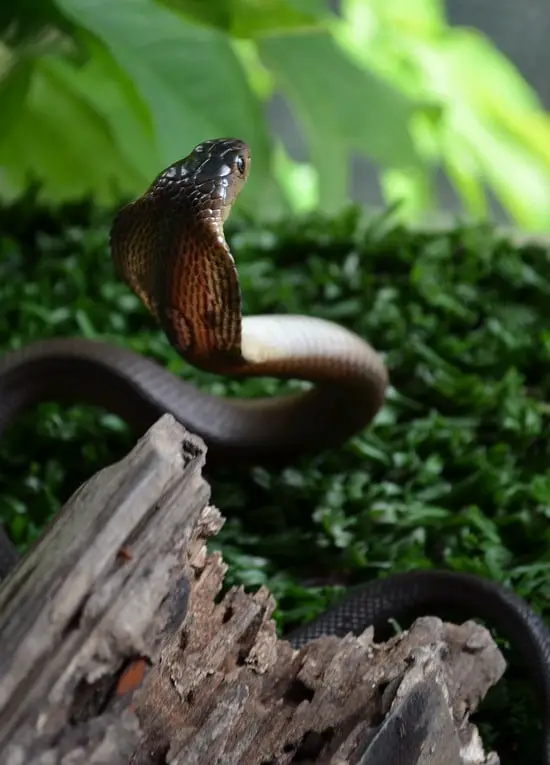

3 Videos of the Monocled Cobra (Naja kaouthia):
1. Hatchling Monocled Cobras:
2. Jackie, a Burmese National, Catching a Monocled Cobra in a Local’s Yard:
3. Tom (Dtom, Dtammy) After Bitten in Thigh by Monocled Cobra:
Rhabdophis subminiatus. Red-necked Keelback.
This colorful snake was often kept as a pet and hand-held before it was realized they pack a deadly bite. Their venom is as strong as a banded krait on the LD scale. They are active during daylight hours and are commonly found across Thailand.
Keep in mind, the smaller the snake, generally the more quickly it can strike.
Info Sheet – Red-necked Keelback (click)
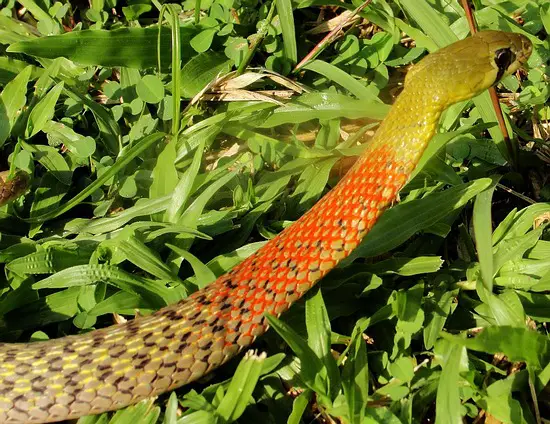

1 Video – Red-necked Keelback (Rhabdophis subminiatus) Crossing the Road:
Venomous Snakebites and Near Misses!
More than 34 stories of venomous snakebite and very near misses from Southeast Asia’s most deadly snakes – King Cobra, Malayan Pit Viper, Monocled Cobra, Banded Krait, Malayan Krait, and more! Digital Book with over 100 pages by Vern Lovic.
Order PDF by email at the contact page.
JUST $4.99 for Today!
Did you get our FREE PDF file yet?
PHOTOS OF COMMON THAILAND SNAKES.
- 83 pages
- many snakes featured: Cobras, Kraits, Pit Vipers, Corals, Rat Snakes, etc.
- facts and photos!

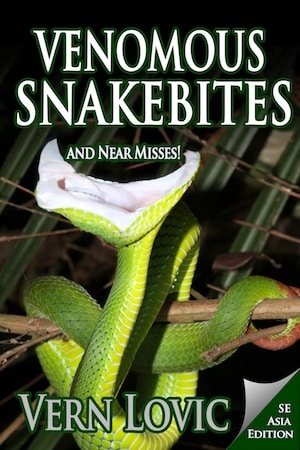
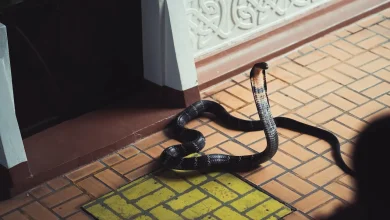
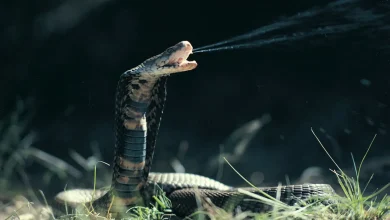
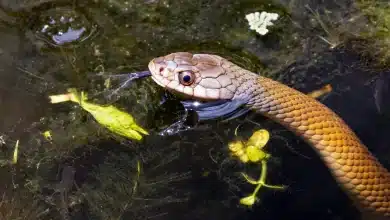

Very interesting site ;-)
Are there poisonous or non-poisonous water snakes in northern thailand, such as in standing water ponds?
Sure there are. Keelbacks love water. Some snakes sit in water to loosen the skin before they shed because it brings some relief from the tightness of the skin. I’ve seen pythons – reticulated and blood pythons, keelbacks, water snakes, and other snakes in the water (cobras, king cobras).